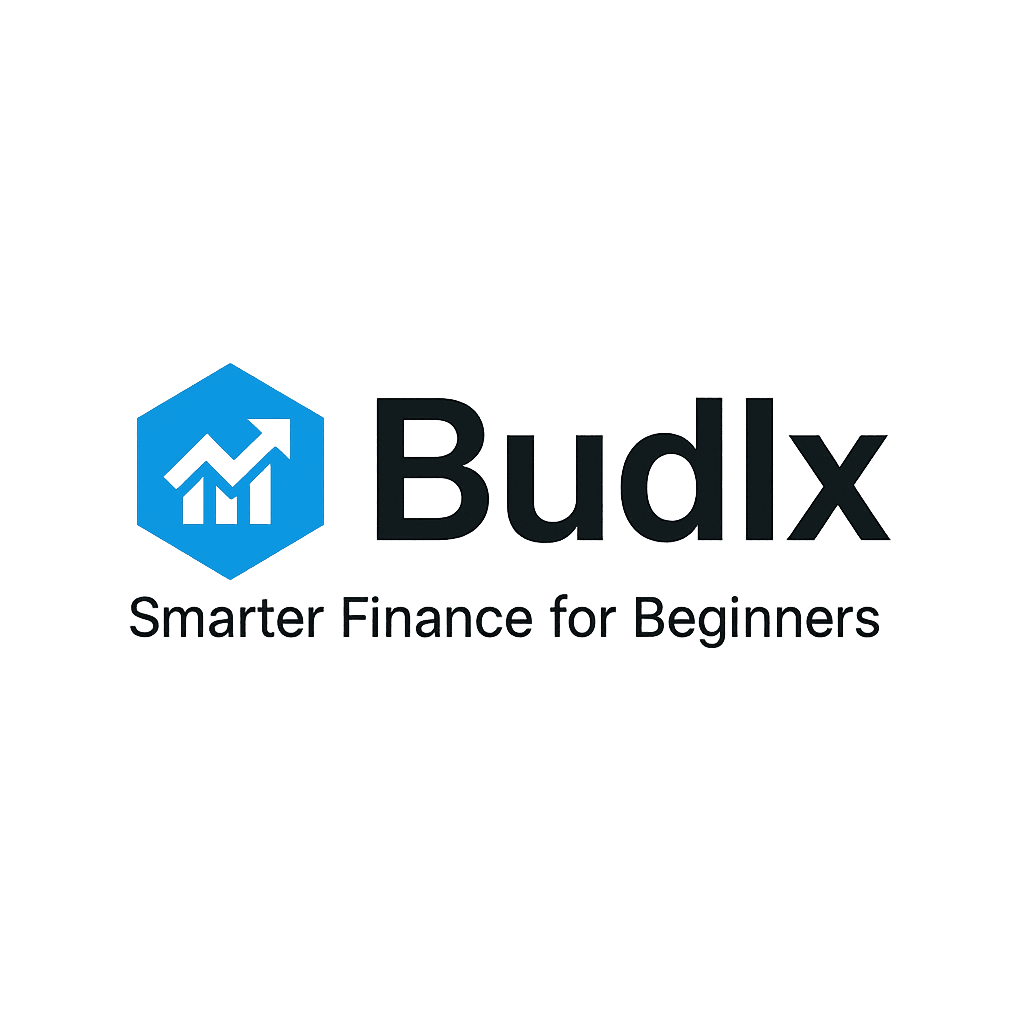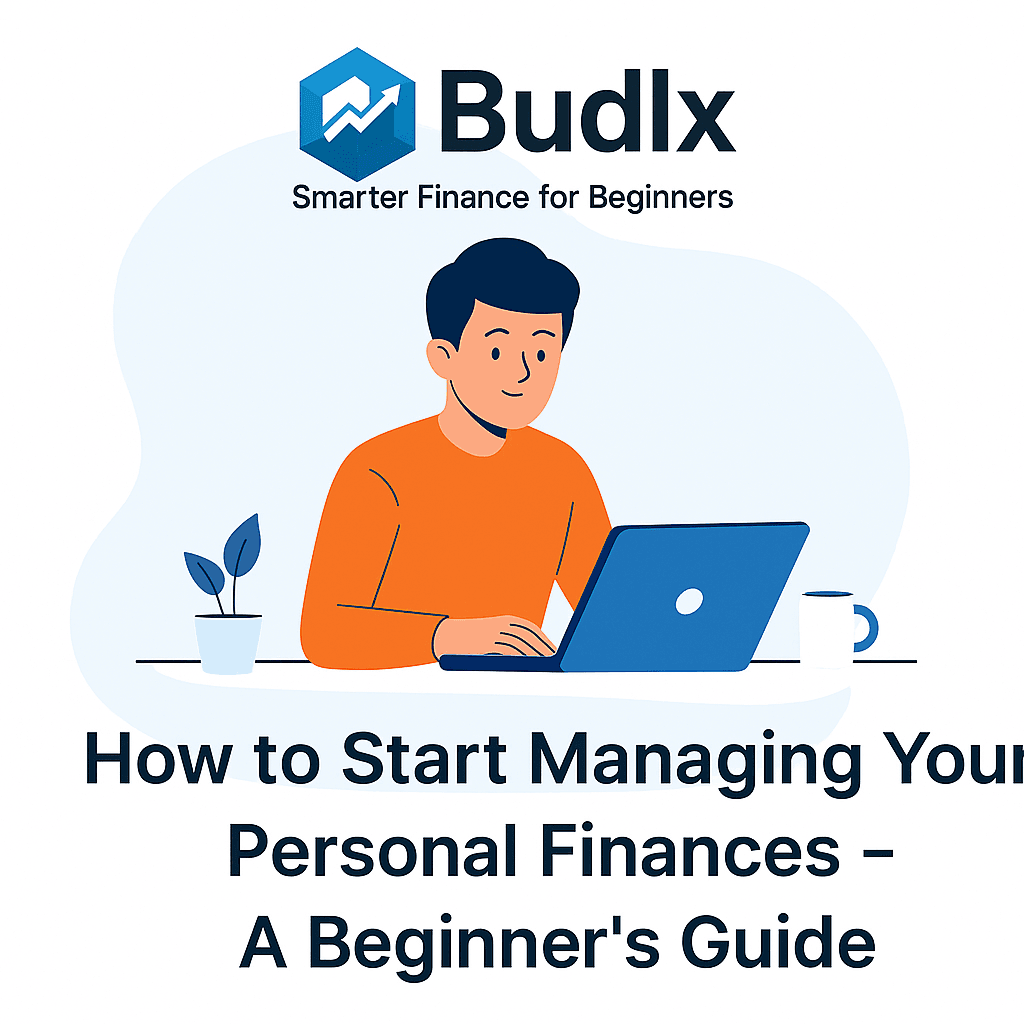How to Start Managing Your Personal Finances – A Beginner’s Guide
Personal finance for beginners 2025 is all about clarity, control, and confidence. Whether you’re a student, a recent graduate, or someone realizing it’s time to take control of your money, this guide is for you. In 2025, personal finance isn’t just about budgeting—it’s about building a lifestyle around smart decisions, long-term goals, and daily discipline.
1. Understand Your Financial Reality
The first step is awareness. Create a full snapshot of your finances by writing down all your sources of income and your expenses. Include rent, bills, subscriptions, groceries, and non-essentials like dining out or entertainment.
Use a simple spreadsheet or budgeting apps like Mint or YNAB to automate tracking. This clarity alone can reveal surprising patterns that help you cut waste and start saving.
2. Set Clear Financial Goals
Define what financial success means to you. Start with short-term goals like saving $500 for emergencies or paying off a credit card. Then outline long-term goals like buying a car, traveling, or investing for retirement.
SMART goals (Specific, Measurable, Achievable, Relevant, Time-bound) are more likely to stick. Example: “Save $1,000 for emergencies in 3 months by setting aside $85/week.”
3. Build a Simple Budget That Works
A budget is your action plan for money. The 50/30/20 rule is a beginner-friendly structure:
- 💰 50% for Needs: rent, utilities, groceries
- 🎉 30% for Wants: streaming, dining out, shopping
- 💸 20% for Savings & Debt: emergency fund, debt payments
Customize these ratios as needed. What matters most is consistency.
4. Start Building an Emergency Fund
One of the smartest early moves is saving a financial cushion. Start with a small goal—$300 to $500—and build toward 3 to 6 months of living expenses.
Check out our full guide: How to Build an Emergency Fund.
5. Track Spending Daily or Weekly
Review your spending habits every week. Use apps like Spendee or PocketGuard to see where your money is going. Tracking helps you catch small leaks before they become big drains.
6. Pay Off High-Interest Debt First
Debt can feel overwhelming, but there are effective strategies to conquer it:
- Snowball Method: Pay off the smallest balance first to build momentum.
- Avalanche Method: Focus on the highest-interest rate first to save more long term.
Choose one and stay committed. Learn more in our guide: How to Get Out of Debt Fast.
7. Save Automatically
Set up an automatic transfer from your checking to your savings every payday. Even $25 per week adds up to $1,300 a year without you thinking about it.
8. Learn Basic Investing
Once you have an emergency fund and have paid off high-interest debt, it’s time to grow your money. Start with low-risk options like ETFs or robo-advisors.
Beginner investing resources: Beginner Investing Strategies 2025.
9. Use Technology to Your Advantage
Leverage smart tools to simplify your financial life:
- 📱 Budgeting apps
- 📊 Investment platforms (e.g., Robinhood, M1 Finance)
- 💸 Expense tracking and tax preparation tools
Explore our favorite tools here: Top 10 Smart Tools for Money Management.
10. Build Healthy Money Habits
Good personal finance isn’t about being perfect—it’s about developing habits that support your goals. Some examples:
- 🧾 Review bank statements monthly
- 📆 Set a weekly “money check-in” time
- 📚 Read one finance book or article per month
11. Stay Motivated and Be Kind to Yourself
You’ll make mistakes—and that’s okay. What matters is progress, not perfection. Reward yourself when you hit financial milestones, and surround yourself with positive content or communities that support your journey.
12. Related Resources from Budlx.com
Managing your personal finances is not about restriction—it’s about creating freedom. The sooner you take control, the sooner you’ll build the life you deserve. Start now, and take your first step toward financial independence in 2025.

